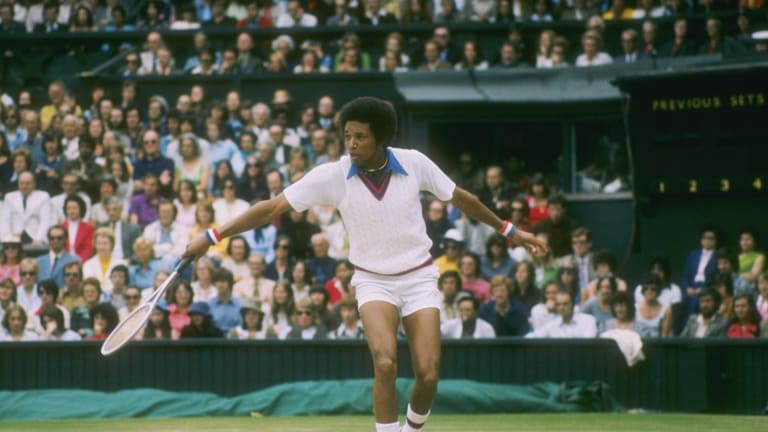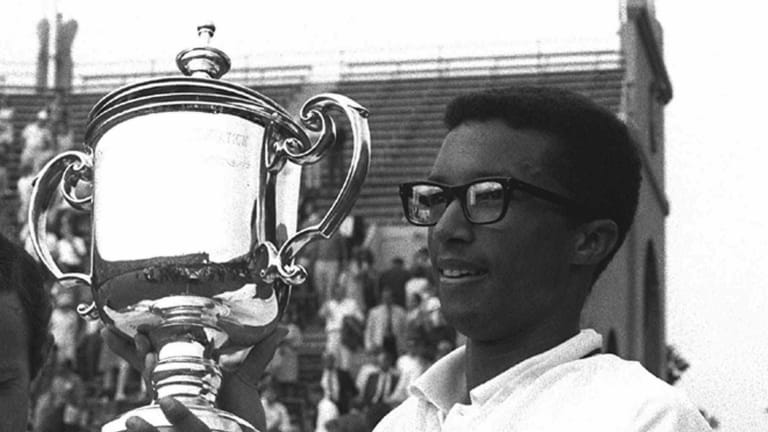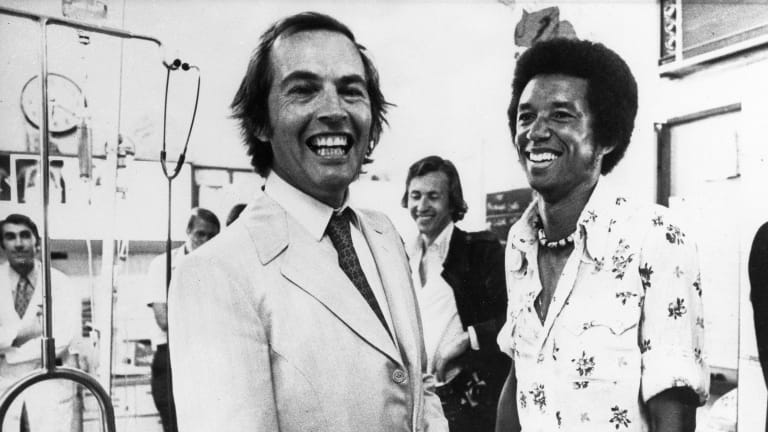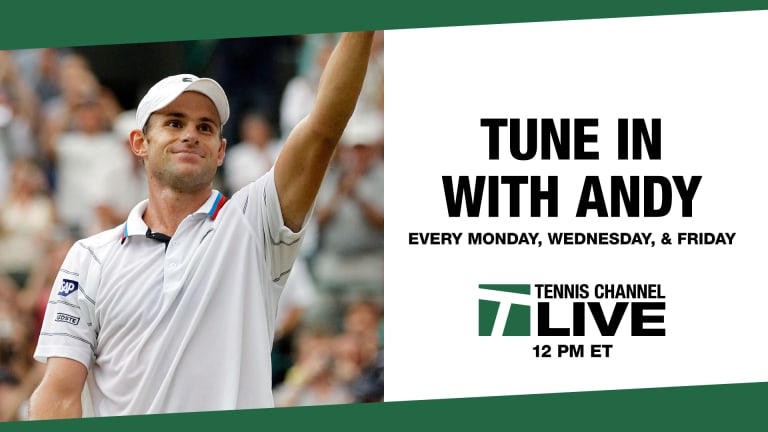The summer of '75: Arthur Ashe, Richard Burton, Jimmy Connors and £100
By Mar 31, 2020Social
Stefanos Tsitsipas and Paula Badosa joke about a “white wedding” on the red carpet
By Apr 22, 2025ATP Challenger Tour
Elmer Moller, 21-year-old from Denmark, beat three of top four seeds to win Oeiras Open
By Apr 22, 2025Ranking Reaction
Aryna Sabalenka keeps growing ranking points lead at No. 1 after reaching fifth final of year
By Apr 22, 2025Game, Set, Bet
ATP Madrid Open Betting Preview: A tournament with real opportunity, or another title for the usual suspects?
By Apr 22, 2025Madrid, Spain
Alexandra Eala to face Iga Swiatek in Madrid; Naomi Osaka loses clay-court opener
By Apr 22, 2025Tennis.com Interview
A year into retirement, Garbiñe Muguruza reconnects: “Tennis wants me back!”
By Apr 22, 2025Social
Carlos Alcaraz and Rafael Nadal reunite on the red carpet at the Laureus World Sports Awards
By Apr 21, 2025Madrid, Spain
Expert Picks, Madrid Open: Who will win, who needs a deep run, and who are we watching closely?
By Apr 21, 2025Game, Set, Bet
WTA Madrid Open Betting Preview: Iga Swiatek, Aryna Sabalenka, or someone else?
By Apr 21, 2025The summer of '75: Arthur Ashe, Richard Burton, Jimmy Connors and £100
As the low-key Ashe and theatrical Burton spoke, the actor took command. Who, asked Burton, is that impish young American, Jimmy Connors? Have you played him?
Published Mar 31, 2020
Advertising

The summer of '75: Arthur Ashe, Richard Burton, Jimmy Connors and £100
© Getty Images
Advertising

The summer of '75: Arthur Ashe, Richard Burton, Jimmy Connors and £100
© AP
Advertising

The summer of '75: Arthur Ashe, Richard Burton, Jimmy Connors and £100
© AP
Advertising

The summer of '75: Arthur Ashe, Richard Burton, Jimmy Connors and £100